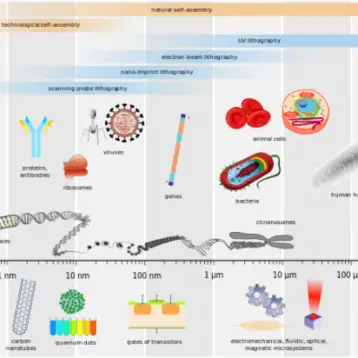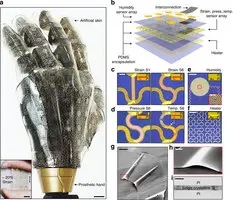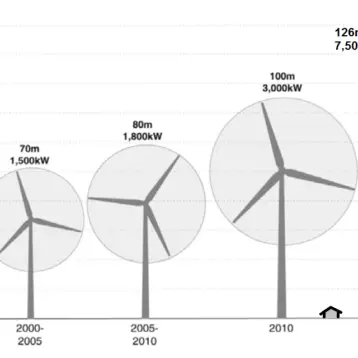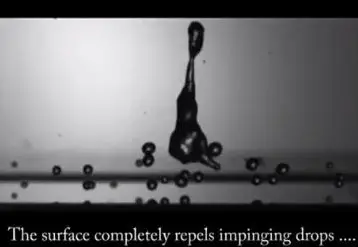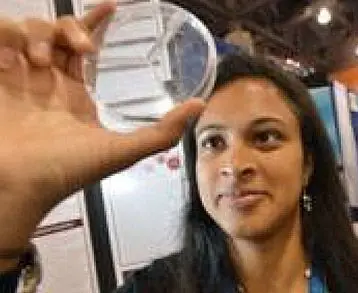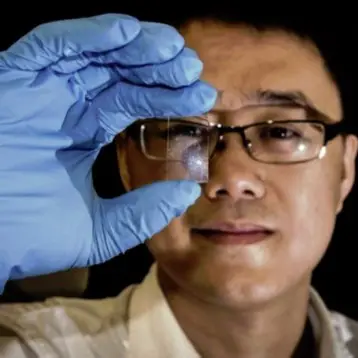|
The Ohio State University group succeeded in growing nano-scaled Polyaniline fibers on surfaces.
The fibers, which are not visible with the naked eye, can dramatically alter the properties of the surface on which they are grown, resulting in many new and exciting applications. The diameters of the tips of the nanofibers can be controlled within a 10nm-40nm range, and the length can be controlled within a 70nm-360nm range. Using nanofibers, the group developed different kinds of surfaces – some are water-repellent, some attract water, and some even repel oil and dirt. Windows made in this way could stay cleaner for much longer periods of time, as dirt will not stick to them. On the other hand, water attracting surfaces could be used as anti-fog coating (useful for car windshields and windows), seeing as the attraction of the water drops to the surface will cause them to flatten over it uniformly.
A very different application of these fibers could be in DNA interaction research. The scientists put droplets of water containing DNA on a water-attracting surface and found that the DNA strands uncoiled. Epstein said to the Ohio State University Press that scientists could use the fibers as a platform for studying how DNA interacts with other molecules. They could also use the spread-out DNA to build new nanostructures.
|
Another application has to do with transparent plastic electronic devices. Much of the research conducted by Epstein focuses on polymers that conduct electricity, which in the process of conducting electricity light up or change colors. Depending on the choice of polymer, the nano-fiber surface can also conduct electricity. The researchers were able to use the surface to charge an organic light-emitting diode (OLED), an achievement that may pave the way for transparent plastic electronic devices.
TFOT recently covered a different research project that was conducted in the Gent University in Belgium. The findings from the Belgian research product may enable production of electronic devices that are not only transparent but are also stretchable and washable. On another related issue, Sony recently announced it will start selling the first commercial OLED-based TVs in Japan this December.
More information on the new nanofiber research can be found on the Ohio State University research news and in Nature Nanotechnology.
Further discussion of the Nanofibers and their different applications can be found on the TFOT forums.




